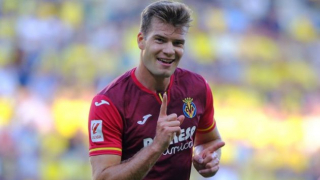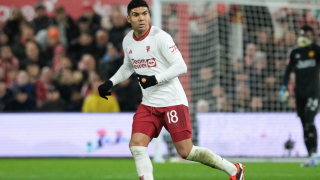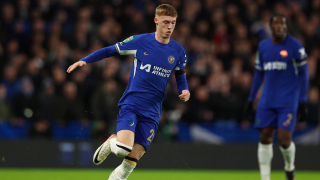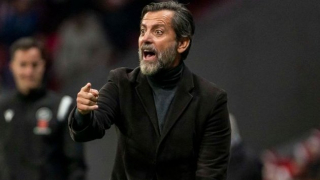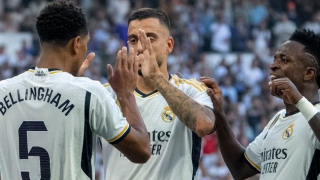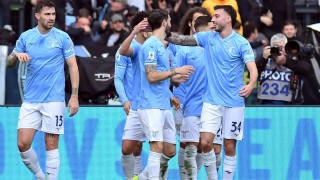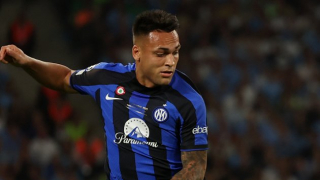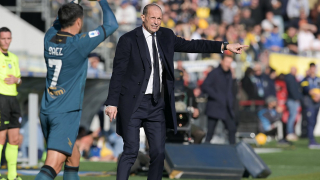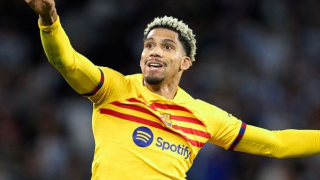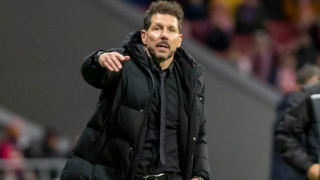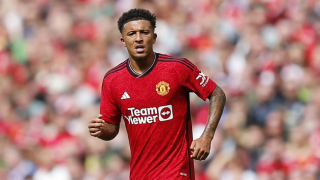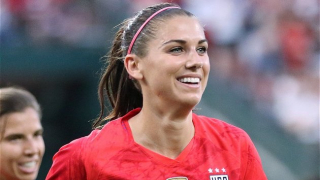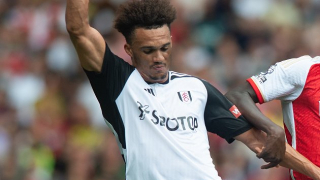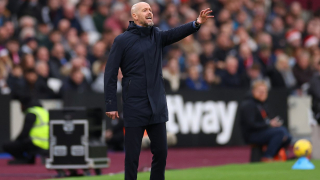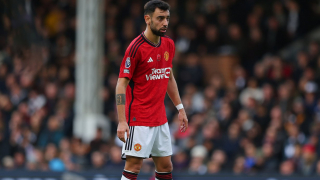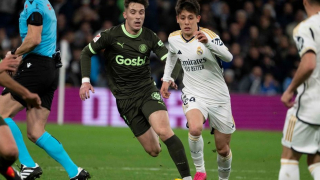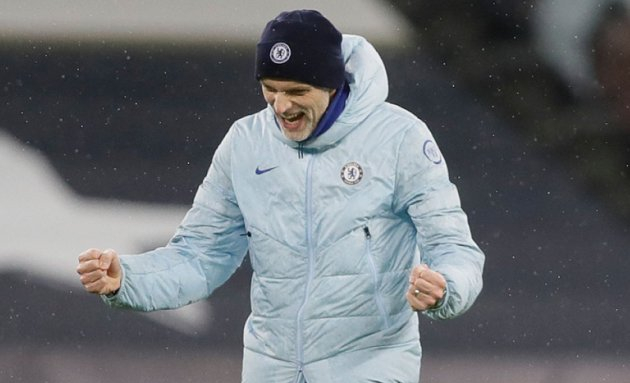Chelsea left Spain with a crucial away goal on Tuesday night, drawing 1-1 with Real Madrid in the first leg of their Champions League semi-final tie. An early Christian Pulisic strike was cancelled out later in the first half by Karim Benzema's beautiful volleyed equaliser. The performance and result is a positive one for the Premier League side, though there is still a lot of work to do to win this tie. Here, we at Tribal Football break down the game...
There was uncertainty over how Zinedine Zidane would line up his Real Madrid side before this game. While his preferred formation is a 4-3-3, he has also experimented with a back five in recent weeks, and that's how he set up for this game. Madrid were in a 5-3-2 with Dani Carvajal and Marcelo on the flanks either side of Eder Militao, Raphael Varane and Nacho. The usual midfield three of Luka Modric, Casemiro and Toni Kroos remained, while Benzema was joined up front by Vinicus Junior.
Thomas Tuchel chose the same approach that he has chosen for previous big games: a back five with Mason Mount providing flexibility as a third man in midfield or attack depending on the situation. Cesar Azpilicueta started at right wing-back, allowing Andreas Christensen to join Thiago Silva and Antonio Rudiger in central defence. N'Golo Kante partnered Jorginho in midfield, while Mount moved between them and the front two of Pulisic and Timo Werner.
Chelsea started the game positively, testing Real Madrid's defence with long balls over the top of their back line. When teams aren't used to playing with three centre-backs there can be confusion among the players, and Chelsea looked keen to explore this early on against Madrid. They used their right-footers playing on the left side (Rudiger, Jorginho or Mount) to open up and play diagonals over the top for angled runs behind by Pulisic.
It took Chelsea precisely 30 seconds to try this ploy as Pulisic nearly connected with a Jorginho pass. About 14 minutes later, Pulisic timed his run between the centre-backs perfectly, latched onto a ball over the top by Rudiger, and rounded goalkeeper Thibaut Courtois to score.
Real Madrid could have prevented this goal by pressing the ball with greater intensity and not giving Rudiger the time to play his pass. However, whenever they did try to press, they were consistently opened up.
Zidane's choice of formation appeared an attempt at mirroring the opponent, allowing for natural match-ups and man-to-man pressing. Modric stepped up to join Benzema and Vinicius in pressing Chelsea's back line 3-v-3, Casemiro and Kroos covered Jorginho and Kante, while Carvajal and Marcelo pressed Chelsea's wing-backs. This left Madrid's centre-backs in a dangerous 3-v-3 against Pulisic, Werner and Mount, though if the pressing worked Chelsea wouldn't be able to access it. Unfortunately for Zidane, the man-to-man pressing did not work.
Time after time, Real Madrid lost their 1-v-1 battles. And when this happened, Chelsea broke through into a huge amount of open space. With Kante making clever runs from midfield to join in with Mount, Pulisic and Werner, Chelsea streamed forward at speed. It looked like they were counter-attacking, so vast were the gaps available to them, but these moments sprung from their own build-up from the back and Real Madrid's failed attempts at pressing.
Having quick runners and talented dribblers constantly driving directly at the last line is a sure-fire sign that things needed to change for the home side, but Zidane didn't alter his team's shape. Instead, Madrid came out for the second half with a more passive defensive approach.
Thanks to a stunning moment of quality from Benzema on a corner kick, Real Madrid were level at 1-1 despite being largely out-played in the first half. Aware of the risks of conceding a second away goal, they sat off Chelsea more and pressed on passes into midfield. Now Chelsea's centre-backs had more time to play, but there was less last-ditch, high-wire defending for the likes of Varane, Militao and Nacho to do.
Another issue for Real Madrid in the first half was keeping hold of possession. When building an attack, Modric and Kroos dropped into the space outside of the centre-backs, allowing Carvajal and Marcelo to move forward down the wings or come inside to midfield. But these rotations had no effect on a zonal Chelsea side who simply stuck to their 5-3-2 defensive shape.
All of this meant that, in the first half, Modric and Kroos would get the ball in wider areas deep in their own half, come under some pressure from, say, Mount or Kante, and then completely lacked forward options. Benzema sometimes showed for the ball but Vinicius wanted to stay high and get in behind, while Casemiro, Marcelo and Carvajal were either blocked or surrounded by blue shirts.
Due to the positions of Modric and Kroos, as well as the lack of options, Real Madrid found moving the ball forward a bit of a struggle. However, in the second half their possession improved significantly. They kept the ball for longer sequences and moved it at a higher tempo. One of the reasons for this was Modric and Kroos playing closer together. Instead of both taking up wider positions, they came central more and could therefore combine more easily with one another and their teammates.
The graphic below, courtesy of WhoScored, underlines this small second-half adjustment. On the left we see the touches of Modric and Kroos in the first half, when they were playing wider. And on the right we see the second half, where they (particularly Modric) played more centrally.
Chelsea looked set to blitz past Real Madrid in the first half of this game and were unfortunate not to go into half-time one or two goals up. In the second half, Zidane and his players found a more balanced defensive approach, conceded fewer chances and kept hold of the ball for longer – their possession share went up from 48% at half-time to 53% by full-time.
There are reasons for Tuchel and Chelsea to be optimistic going into the second leg. The onus, after all, is on Real Madrid to score an away goal. But this tie is finely poised, and a small error or moment of brilliance can completely change the picture. Real Madrid have gotten a handle on Chelsea's game, and they have 90 more minutes to complete the turnaround.

